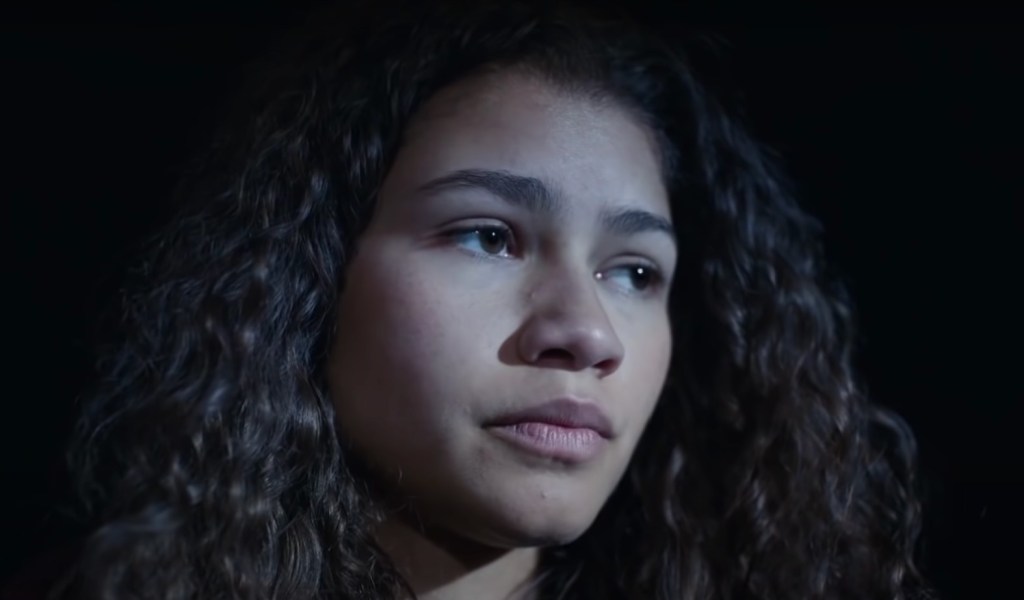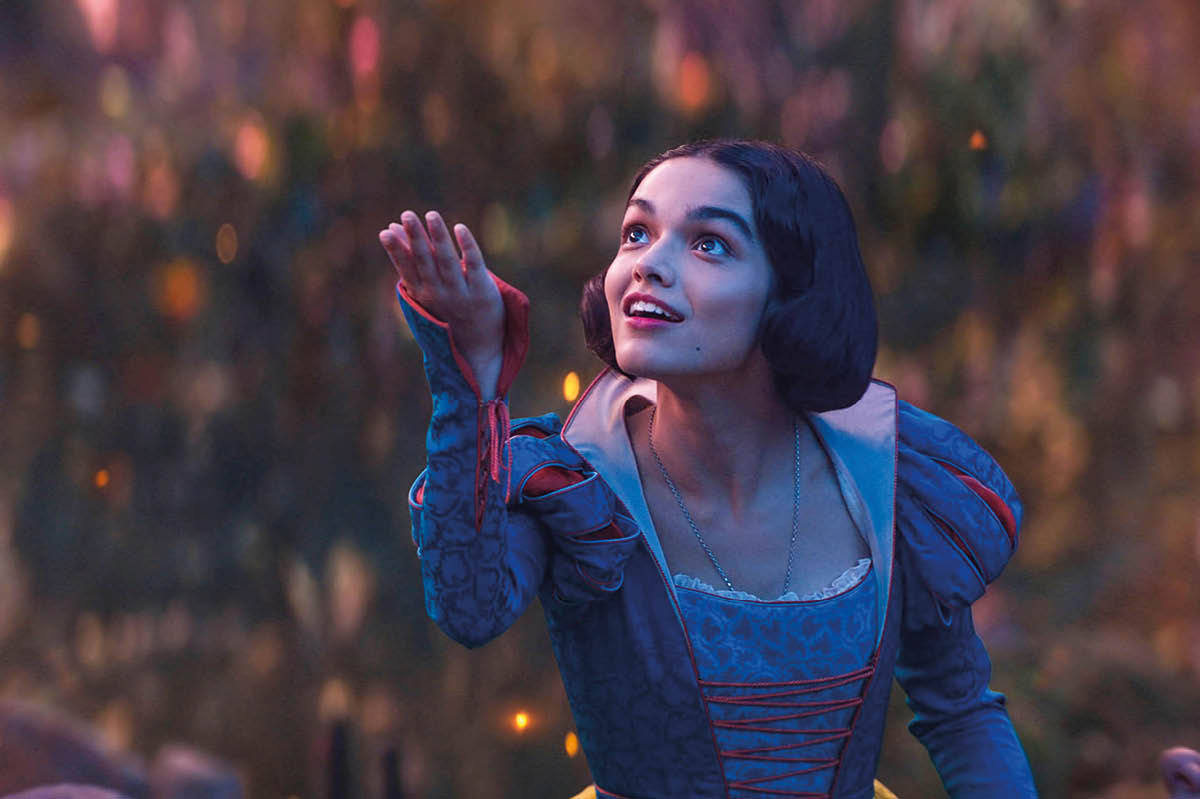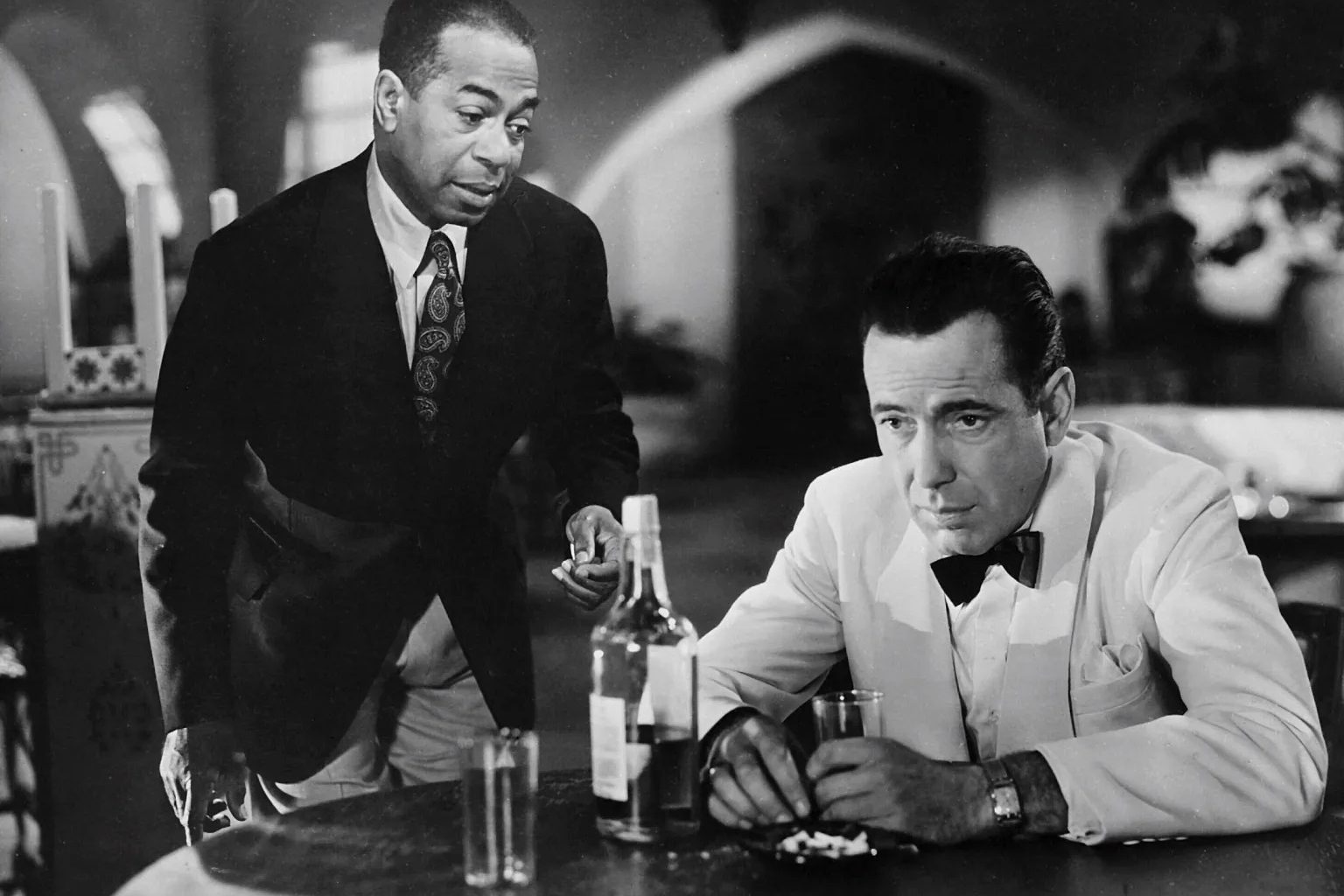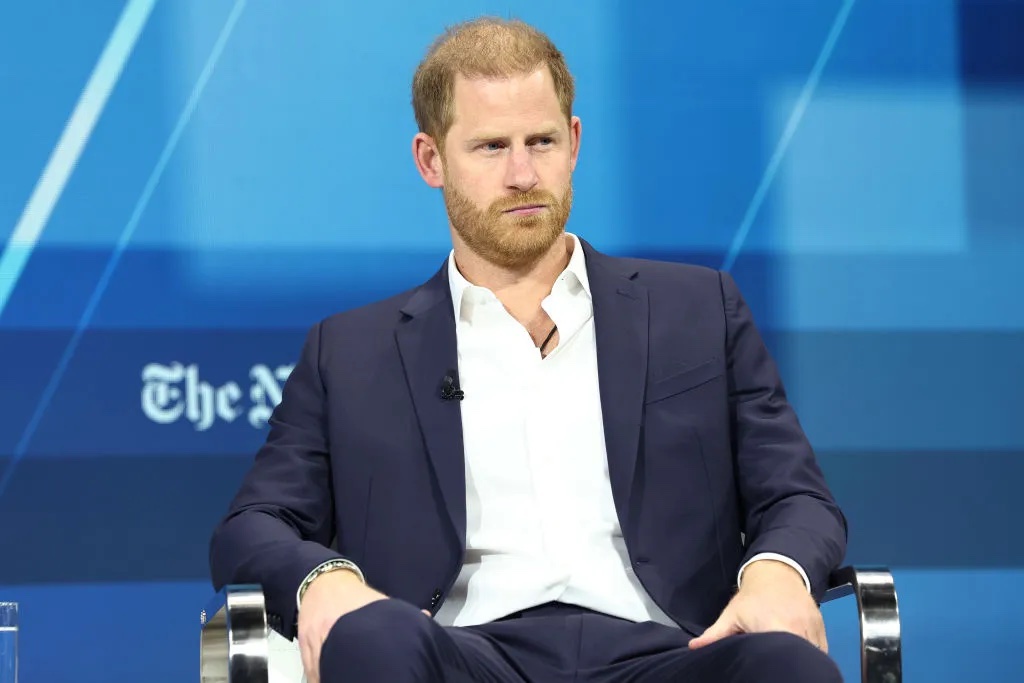DARE is concerned about Euphoria. The anti-drug campaign put out a PSA recently warning that the show “chooses to misguidedly glorify and erroneously depict high school student drug use, addiction, anonymous sex, violence and other destructive behaviors as common and widespread in today’s world.”
Considering the prevalence of drugs (snortable, swallowable, injectible), drug dealers (lovable, despicable), and drug-laced dream sequences on Euphoria, it would seem you can’t blame the group for being concerned. But it’s also hard to watch Euphoria and not think it’s a cautionary drama on the dangers of drugs that could have been created by a group like DARE itself.
As a former drug addict, creator Sam Levinson said in a post-episode interview that he wanted to “be honest” about addiction and “the person that addiction can turn you into.” The results aren’t pretty, but they do make for good drama.
Now, more than halfway through its second season, the show has followed teenage drug addict Rue as she has graduated from rehab and pretended to stay clean. Despite being played by Zendaya, Rue is no beauty queen; for a large part of the show, as she ambles around with disheveled hair and bloodshot eyes, she looks like shit. She repeatedly destroys her relationships with her friends and family. Drugs have ruined her life.
So is the show — about teenagers and watched by teenagers — really as bad for young viewers as it sounds?
Euphoria, which debuted in 2019, has become one of HBO’s hit programs, perhaps most famous for its excessive nudity (shocking for HBO, I know). The show follows a group of high-schoolers with their own typical, if excessive, struggles and addictions: sex, self-image, drugs, alcohol, identity.
Its stars talk about the show almost as a cathartic drama, one that may actually have a mission, rather than a work of (admittedly artful) smut. And while the cast are mixed on whether they believe it’s for the youth, they’re watching anyway.
“I don’t think this is a show for people under seventeen,” Levinson has said.
“I hope that people find themselves in these different characters and know that they’re not alone,” says star Sydney Sweeney in an after-episode clip.
Each episode begins with a content warning and ends with a number for a crisis helpline. So while the show might not be for teenagers, its cast know they’re watching anyway.
Thus does there seem to be some confusion as to what the show is trying to be. Does it want to comfort young viewers who can draw some encouragement from seeing themselves and their struggles onscreen? Or is it a hyperstylized drama about hypersexualized high schoolers, catering to HBO’s 18-49 demographic and its bottom line?
Ultimately, the problem may not be the fentanyl or the generous numbers of phalluses flashing across the screen, but the fact that whether or not Euphoria is meant to uplift its viewers, it has no interest in doing so. It would rather let its characters wallow in darkness.
Not only does Rue show no signs of growth (in fact, she gets worse as the series progresses), neither do any of the other characters. One sleeps with her best friend’s ex; another tries to find confidence through online sex work only to realize that she still hates herself.
Even the show’s resolutions are bleak. One girl moves past teenage pregnancy by having an abortion after her boyfriend begs her to (and then breaks up with her). Another character remarks that an unstable teenage couple will get married, get divorced three times, “and in some strange way live a pretty happy life.”
These experiences with drug abuse and violent relationships may be relatable for some viewers. But then what? Knowing that someone else is in the same hole as you won’t help you get out of it. Though misery does love company.
Somehow, amid all the distractions — the scenes of teens choking and beating one another up, the characters snorting drugs any chance they can, the thirty penises that appear in just one episode — the show just isn’t showing enough. It’s missing a picture of what life could be, rather than what, in this terribly bleak universe, life is.
We don’t all get happy endings, and maybe that makes Euphoria artistic in a sense. Or maybe it makes the show too simplistic — and certainly not helpful for young viewers who may watch and wallow in despair.
Euphoria‘s characters are looking for anything — fentanyl, anonymous sex, sexual identity, power and control — to fill that utterly gaping void. The void that religious leaders would recommend you fill with faith, or that a responsible atheist might suggest you fill with a pro-social career or a family.
And while, as an adult, I can see how it portrays the results of self-destructive behavior in a way that feels “honest,” I can also imagine its teenage viewers glossing over the consequences of the characters’ actions and focusing on the excitement of it all: the stylized costumes, the frequent sex, and the, well, euphoria of drugs. Worse, they might recognize the damages of these behaviors and, seeing no alternative, pursue them anyway.
The fact that the human brain’s prefrontal cortex, which helps people make decisions and understand long-term consequences, doesn’t fully develop until age twenty-five is of concern to all parents. Perhaps it should be of particular concern to parents who let their teens watch Euphoria.

























